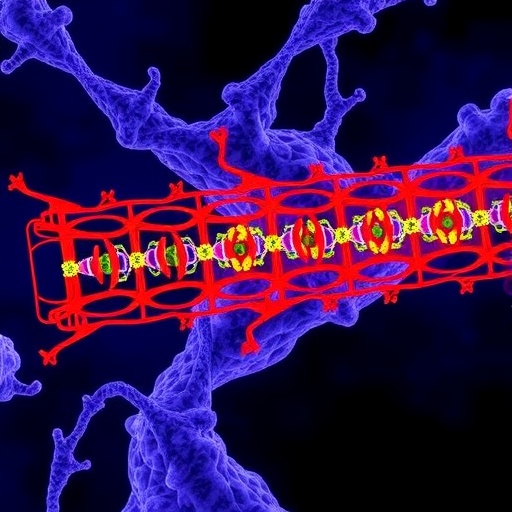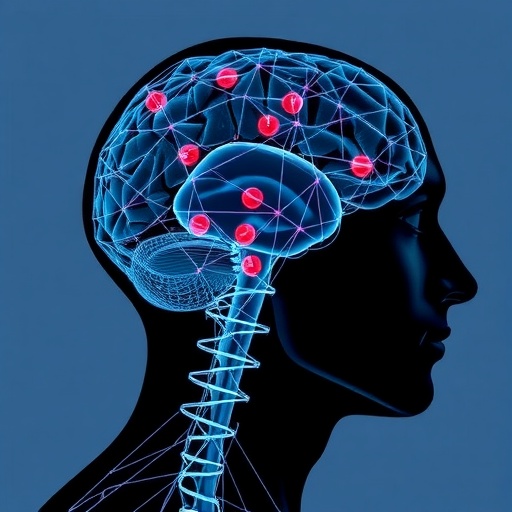The endosomal sorting complex required for transport (ESCRT) machinery represents an intricate web of protein complexes pivotal to a wide array of cellular operations. These multifunctional complexes have evolved throughout time, demonstrating their adaptability and importance in cellular processes. Traditionally noted for their role in endosomal sorting, ESCRT complexes, particularly ESCRT-III, have vastly expanded their influence across various cellular mechanisms. This includes the budding of viruses, the sophisticated division of cells during cytokinesis, processes underlying autophagy, the release of extracellular vesicles, the synaptic pruning in neural contexts, and the repair of cellular membrane defects.
At the core of the ESCRT machinery is the ESCRT-III subcomplex, the subset of proteins associated with membrane remodeling and fission. This group of proteins exhibits remarkable capabilities in not only facilitating membrane severing but also engaging in repair mechanisms that are crucial for maintaining cellular integrity. Recent research has shed light on the structural framework of these proteins, revealing how their assembly and subsequent remodeling facilitate these complex tasks. Understanding these molecular mechanisms is essential as it opens avenues to comprehend diverse biological processes and their regulatory pathways.
A significant focus of recent studies has been how ESCRT-III interacts with various cellular compartments. The engagement of ESCRT-III proteins occurs not only during cellular division but throughout interphase – the phase when the cell prepares for division. This versatility allows for an active role in membrane repair, a process that constitutes a crucial aspect of cellular homeostasis and resilience under stress conditions. This discussion sheds light on how the recruitment of ESCRT-III to specific cellular structures ultimately assists in achieving effective membrane remodeling.
Additionally, ESCRT-III mediates a complex interplay with other cellular partners, underscoring a collaborative network of proteins that enhance the functionality of the ESCRT machinery. This collaboration is especially important in the context of viral budding. Many viruses exploit the ESCRT pathway for their release from host cells. Understanding this dynamic paints a clearer picture of how viruses hijack cellular machinery for their advantage, often leading to new insights in virology and therapeutic approaches.
Recent mechanistic studies have illuminated the stepwise recruitment of ESCRT-III proteins to the sites of membrane repair or fission. This recruitment is akin to a carefully orchestrated dance of proteins that ensures precision in membrane remodeling. Each component must be precisely timed; otherwise, the overall process can become inefficient or even detrimental to the cell. Consequently, the ESCRT machinery functions under stringent regulatory controls that modulate its activity based on cellular cues and demands.
Interestingly, the structural dynamics of ESCRT-III proteins reveal their unique capacity to form filaments that are essential for membrane deformation. These filamentous structures are pivotal in achieving the physical force necessary to sever membranes. Investigating the nature of these filaments provides valuable insights into how the mechanical stress is translated into functional outcomes during membrane fission. The understanding garnered can pave the way for novel avenues in drug design and cellular biology.
Moreover, the implications of ESCRT functions extend beyond mere membrane repair. They reach into the realms of cellular communication and metabolic processes, thereby underscoring the complexity of their roles. The ESCRT machinery’s involvement in releasing extracellular vesicles indicates a profound impact on intercellular signaling. These vesicles can carry proteins, lipids, and nucleic acids, establishing a network of communication that is vital for various physiological responses. Understanding the nuances of this communication mechanism offers promising possibilities in therapeutic interventions for diseases centered around cellular communication breakdown.
The convergence of insights gained through structural biology and mechanistic experiments reveals a great deal about the plasticity of the ESCRT machinery. This plasticity not only illustrates the adaptability of cellular components but also their robustness in coping with diverse challenges posed by the cellular environment. Researchers are actively seeking to elucidate the factors that govern the ESCRT machinery’s response to specific stimuli, which will likely enrich our understanding of cellular behavior under stress.
Furthermore, the application of advanced imaging techniques has opened new pathways to visualize the real-time dynamics of ESCRT-III during different cellular states. These techniques provide a more profound understanding of how the ESCRT machinery operates behind the scenes. This real-time observation is critical for unveiling how ESCRT proteins morph and shift during their functional cycle, allowing for an integrated view of cellular organization and response mechanisms.
As the research expands, the implications of such studies hold considerable promise for therapeutic interventions. Emerging evidence suggests that manipulating ESCRT pathways could pave the way for innovative treatments in various conditions, including cancer and viral infections. By shifting the balance of these pathways or enhancing their efficiency, scientists hope to devise strategies that can target and disrupt the lifecycle of pathogens or mitigate the uncontrolled cell division characteristic of tumor cells.
In summary, the ESCRT machinery, particularly the ESCRT-III subcomplex, stands as a cornerstone of cell biology, underpinning a variety of essential functions that extend far beyond its original classification. Continual exploration of its mechanistic and structural properties will undoubtedly yield further revelations about cellular function and disease mechanisms. This line of research is not only relevant for understanding fundamental biology but also presents potential therapeutic pathways that could transform current medical practices and interventions.
As researchers delve deeper, the evolving narrative surrounding the ESCRT machinery will remain a focal point within molecular biology and medicine, ultimately shaping our understanding of cellular dynamics and the intricate workings of life itself. The future indeed looks promising as science continues to unlock the secrets held within these extraordinary protein complexes.
Subject of Research: The functions and mechanisms of the ESCRT machinery, focusing on ESCRT-III in membrane fission and repair.
Article Title: ESCRT-III function in membrane fission and repair.
Article References:
Burigotto, M., Carlton, J.G. ESCRT-III function in membrane fission and repair. Nat Rev Mol Cell Biol (2025). https://doi.org/10.1038/s41580-025-00909-1
Image Credits: AI Generated
DOI: 10.1038/s41580-025-00909-1
Keywords: ESCRT machinery, membrane remodeling, ESCRT-III, cellular dynamics, membrane fission, viral budding, endosomal sorting, intercellular communication, cancer therapy.
Tags: autophagy and cellular integritycellular membrane repair mechanismscytokinesis and cell divisionendosomal sorting complex required for transportESCRT machinery in virus buddingESCRT-III role in membrane fissionextracellular vesicle release mechanismsmolecular mechanisms of ESCRT-IIIprotein complexes in cellular processesregulatory pathways in cellular biologystructural framework of ESCRT proteinssynaptic pruning in neural contexts





